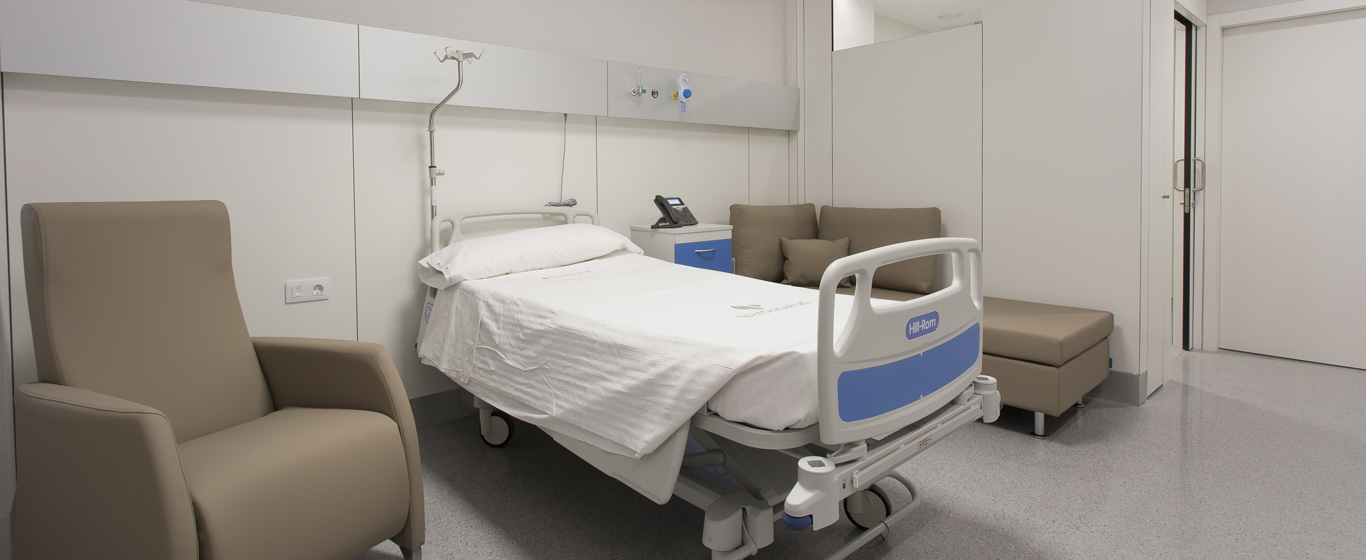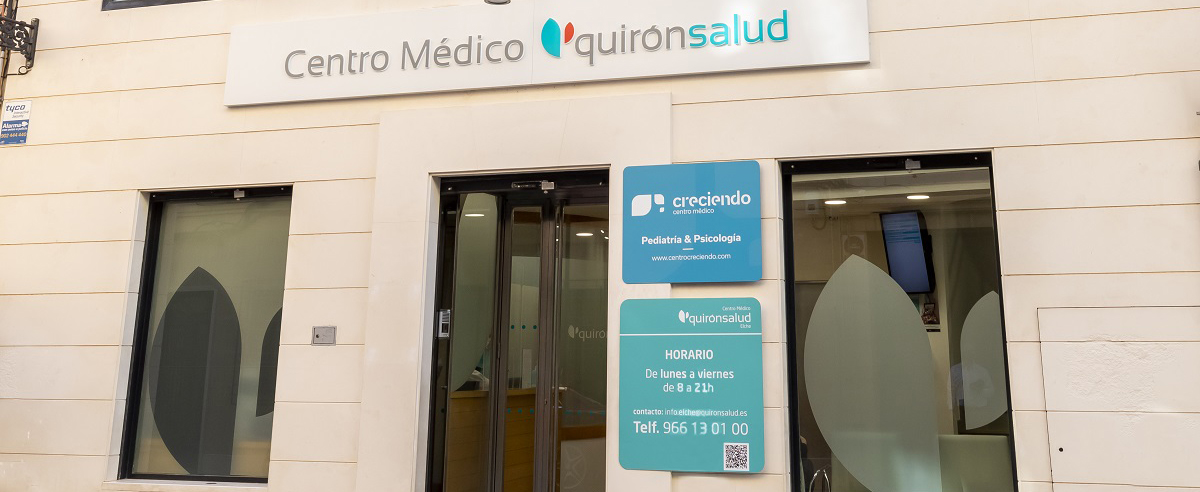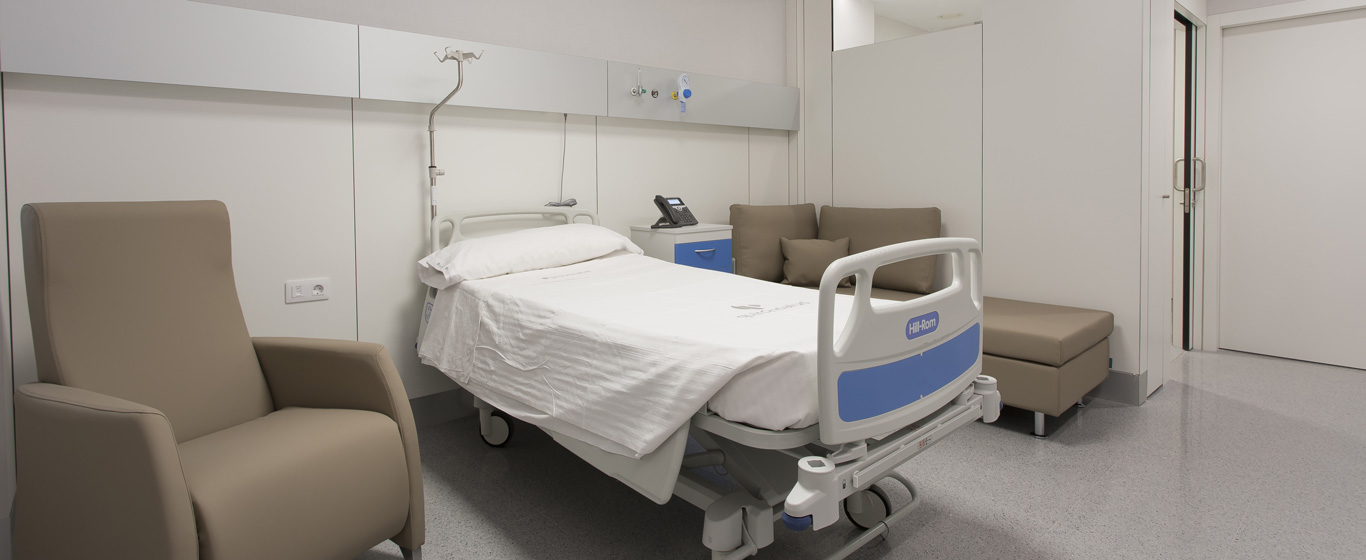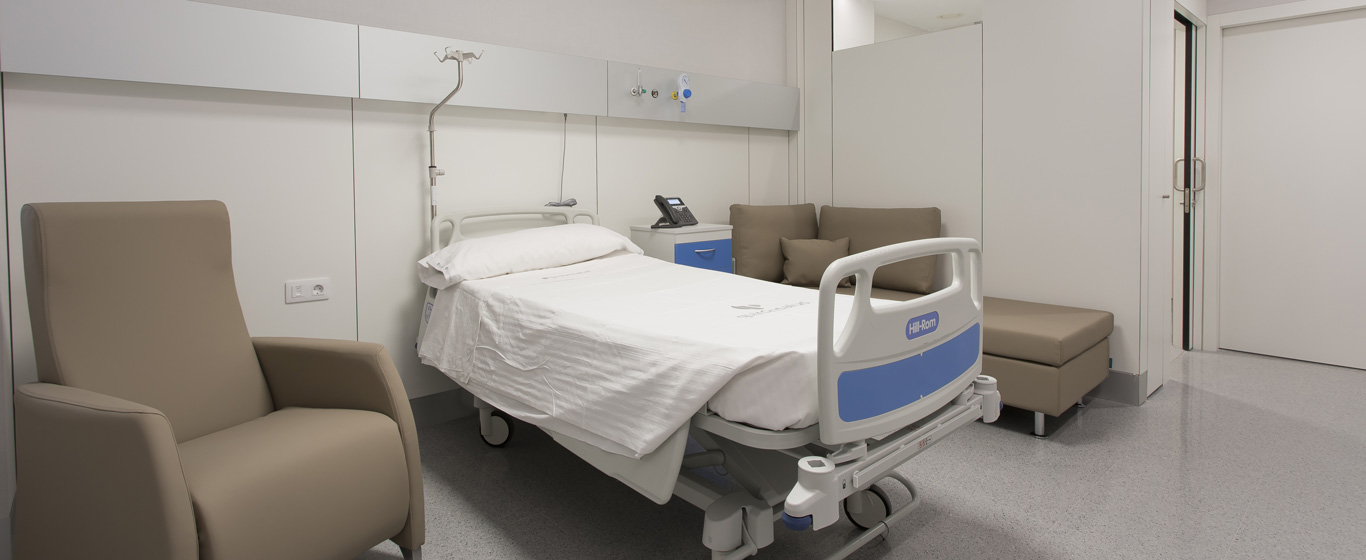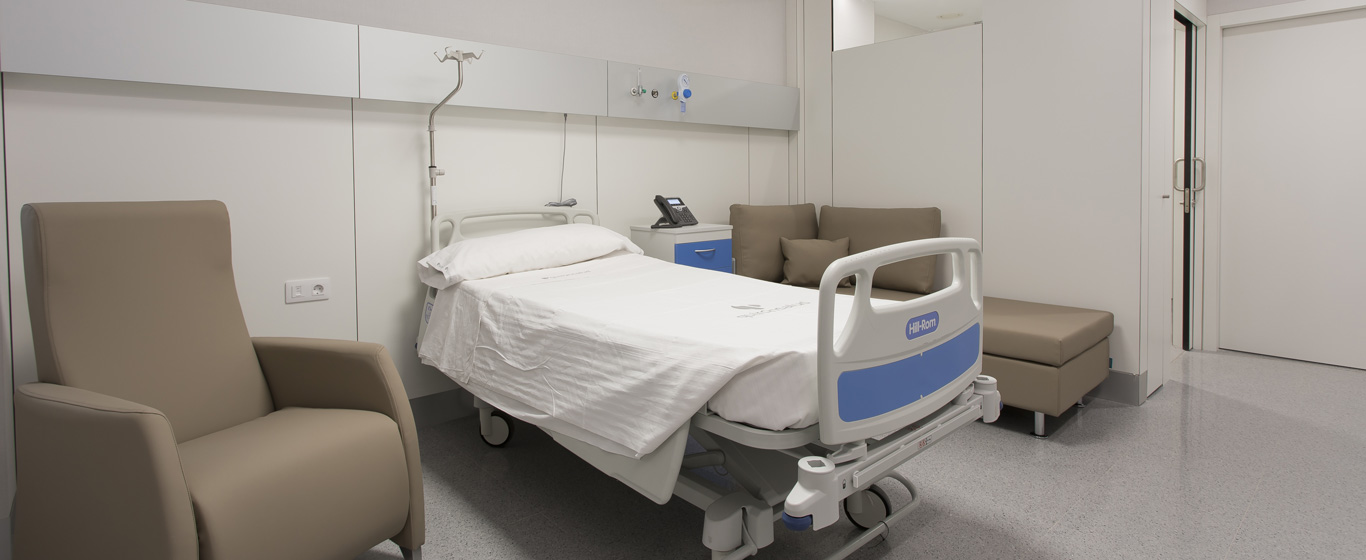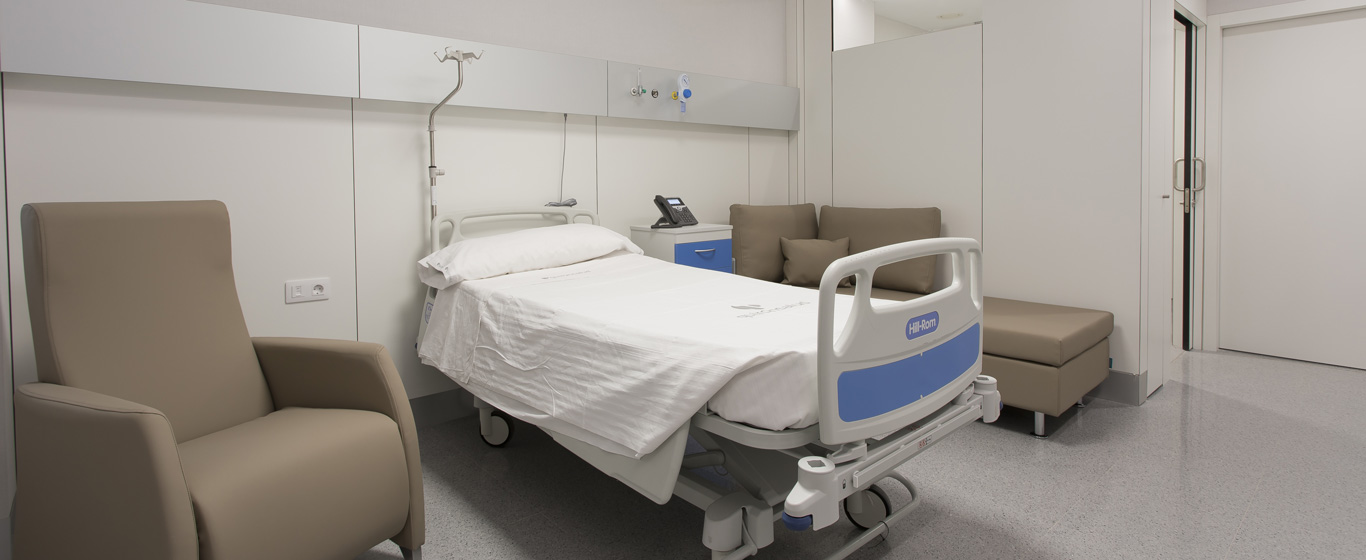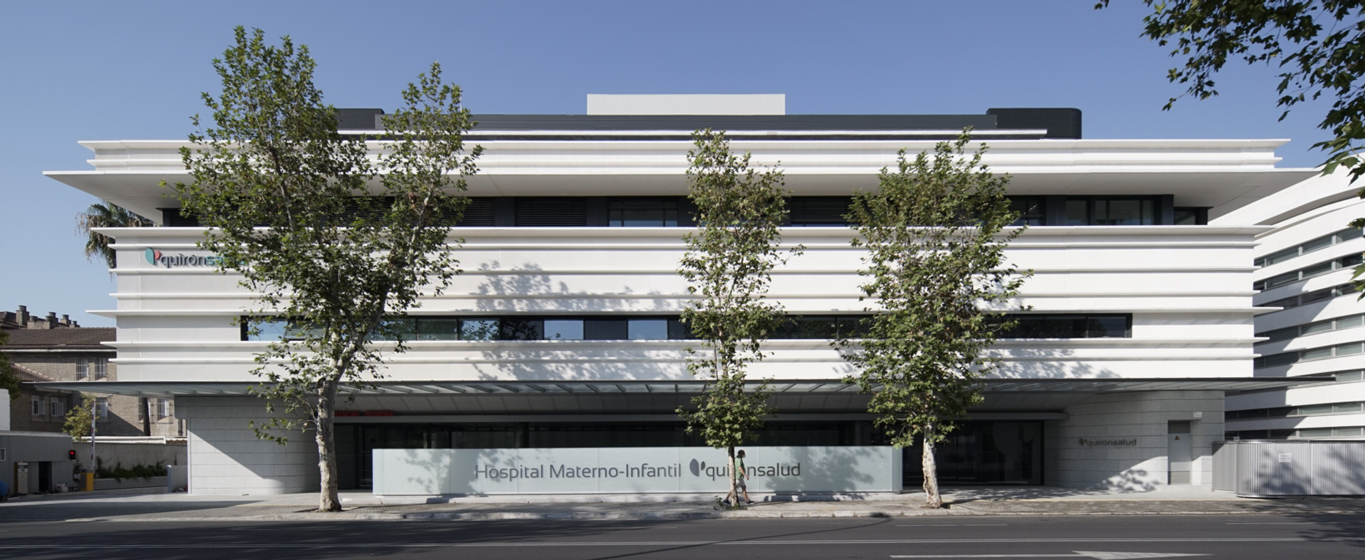Hysteroscopy
Hysteroscopy is a gynecological diagnostic technique that involves inserting a probe with built-in lighting and a camera through the vagina to closely observe the cervix and the uterine cavity.

General Description
Hysteroscopy is an endoscopic procedure that allows direct visualization of the cervix and the uterine cavity.
Depending on the objective of the test, there are two types of hysteroscopy:
- Diagnostic hysteroscopy: This is used as a diagnostic method to detect possible abnormalities in the endometrium or uterus.
- Surgical hysteroscopy: In this case, the objective is to treat a condition previously detected.
When is it indicated?
It is common to request a hysteroscopy when the patient presents any of the following symptoms:
- Menstrual disturbances: abnormal bleeding, excessive bleeding, or bleeding between periods.
- Postmenopausal vaginal bleeding.
- Spontaneous miscarriages.
- Difficulty achieving pregnancy.
- Abnormal or inconclusive results in a previous gynecological test, such as an ultrasound or cytology.
Hysteroscopy can identify the cause of these symptoms, which may include:
- Endometrial polyps.
- Uterine malformations, such as a septate uterus.
- Fibroids or myomas (non-cancerous tumors) in the uterus.
- Chronic endometritis (chronic inflammation of the endometrial layer of the uterus).
- Endometrial hyperplasia (abnormal growth of endometrial cells).
- Endometrial cancer.
Surgical hysteroscopy, on the other hand, is used for the following:
- Remove polyps, fibroids, or myomas.
- Remove the endometrium.
- Perform an endometrial biopsy.
- Resect the uterine septum.
- Remove an intrauterine device (IUD).
- Remove placental remnants or foreign bodies.
How is it performed?
Diagnostic hysteroscopy involves inserting a flexible probe that contains a light and a video camera (hysteroscope) through the vagina to observe the uterine cavity via images projected on a monitor connected to the hysteroscope.
Before inserting the hysteroscope, a speculum, a device that separates the vaginal walls, must be inserted into the vagina. To dilate the uterine cavity and provide better visibility, a distension medium, usually saline or carbon dioxide, is injected through the hysteroscope.
For surgical hysteroscopy, a larger hysteroscope is used through which the necessary instruments for the specific procedure are introduced.
Risks
Hysteroscopy is a very safe procedure, and serious complications are uncommon. If they do occur, they may include:
- A drop in blood pressure due to pain during the examination.
- Perforation or tearing of the uterine wall.
- Uterine bleeding.
- Endometrial infection.
- The passage of the distending gas into the bloodstream, causing a carbon dioxide embolism.
What to expect from a hysteroscopy
The patient, after undressing and putting on the appropriate gown, will lie on the examination table with her legs raised and placed in stirrups. If it is a surgical procedure, local anesthesia with sedation will be administered (in some cases, general anesthesia may be necessary). For a diagnostic hysteroscopy, intravenous sedation may be considered, depending on the expected duration of the test and the patient's specific condition.
Before inserting the speculum, the vaginal area is cleaned with an iodine solution. During the procedure, it is normal to feel discomfort or even pain, especially if no sedation is applied. The test may last from 15 minutes to an hour, depending on whether it is only an exploration or if a surgical intervention is performed.
Hysteroscopy is an outpatient procedure that does not require hospitalization. If sedation is administered, the patient must be observed for a few hours before being discharged. In the days following the procedure, it is normal to experience mild cramping, similar to menstrual cramps, and light watery discharge with blood. Additionally, it is recommended that the patient avoid sexual intercourse, tampon use, and immersion baths for at least 7 to 10 days.
Specialties in which hysteroscopy is requested
Hysteroscopy is requested in the field of gynecology and obstetrics.
How to prepare
If sedation or anesthesia will be used during the hysteroscopy, the patient should fast for several hours beforehand. Additionally, if the procedure is surgical, the patient will be prescribed a medication to expand the cervix, which should be taken a few hours before the intervention (usually in the form of vaginally administered pills). In this case, an informed consent form must also be signed.
It is also important to inform the doctor if the patient is pregnant or has had a recent pelvic infection, as hysteroscopy cannot be performed in these cases. Additionally, the doctor needs to know the patient's menstrual cycle, as it is ideal to perform the procedure during the first half of the cycle, after menstruation and before ovulation, and it should not be done during menstruation.






